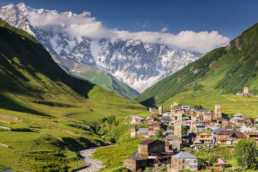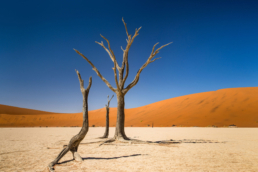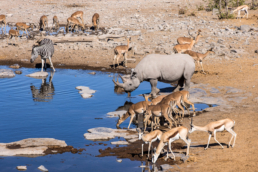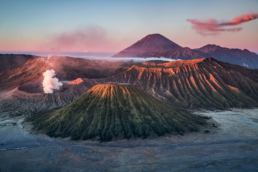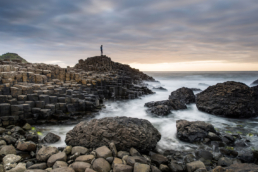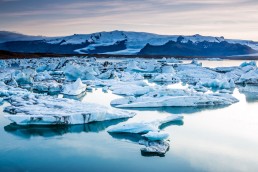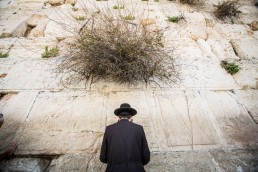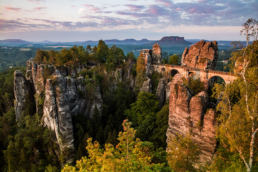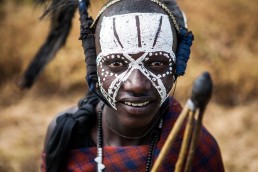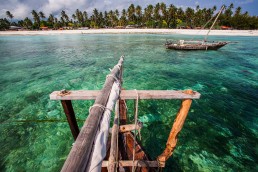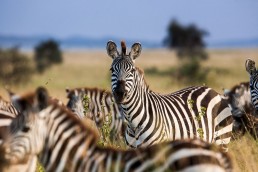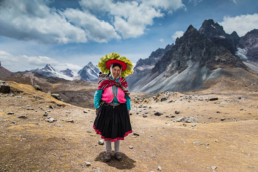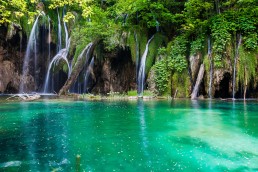
Ever since I saw images of the world-renowned fjords of Norway, I knew I had to start planning a visit for a travel photography trip. Being a nature guy meant that I would probably fall in love with Norway much like I did with Iceland. And I was right – Norway did not disappoint. In fact, it made me want to come back, which is what I did during a recent visit to the Lofoten Islands up north.
I flew to Oslo in the summer to start a 14-day road trip through the center and southern part of this beautiful Scandinavian country. The summer is the best time to visit as the weather is pleasant with snow having cleared, making the main highlights easily accessible. Long summer days with about 18 hours of sunlight means more time to be outdoors. As a photographer, this could work to your benefit. There’s plenty of time for hikes and scouting a place for the right shot. Though this also means having to stay up very late to catch a sunset or waking up very early for sunrise. In any case, it’s good to plan ahead.
Hiking in the Jotunheimen National Park in central Norway
There are some great hikes throughout Norway, allowing for spectacular views of lakes, waterfalls, glaciers, farms and stave churches. One being Knutshøe, located in Jotunheimen National Park in the central highlands. This hike rewards you with amazing views of the meandering river in the valley below which almost looks like a painting. The beauty of this hike is that it’s not frequently visited so I was the only one on the mountain in the morning.
Just outside of the sleepy town Sunndalsøra lies the green and lush valley of Innerdalen, often being referred to as Norway’s most beautiful mountain valley. This easy hike takes you towards the iconic mountain peak Dalatårnet with a stop at Renndølsetra village known for the traditional grass-roof cabins.
Central Norway is also home to Lake Loen, Lovatnet in Norwegian. Here you will find crystal clear, pure glacier water surrounded by snow capped mountains. In summer, you can even swim in this lake, but the water might be cold: don’t say I didn’t warn you! Another striking thing in this area of Norway are the many beautiful wooden stave churches, some dating back as far as the 1200’s. The Borgund and Urnes stave churches are particularly worth a visit as they are well preserved and their setting amidst the fjords are truly stunning.
For an exact location where the photo was taken, you can save the photo or hover over it.











Glacier hikes
Hiking on glaciers is probably not something most people have experienced. In Norway, there are plenty of opportunities for glacier hikes, for example in the Jostedalsbreen National Park. Kayaking across Styggevatnet lake will lead to a spectacular glacier where you can test your endurance. Thanks to organized tours, you can strap on some crampons and walk on top of this massive piece of ice. Glaciers are truly one of nature’s spectacles and I’m continually amazed by the sheer size of them, but also saddened by the rapid speed of melting due to climate change. The nearby Vøringfossen waterfalls and the Bondusdalen lake are where a lot of the glacier water ends up. These places are not on everyone’s radar, so you can explore them with relatively few people around.






Iconic views over the fjords of Norway
Towards the end of my trip, I saved ‘the best’ for last – a hike to Preikestolen, or Pulpit Rock. At 600 meters above the fjord, the top of this rock is a perfect platform to view the fjord and the surrounding mountains. If you’re patient enough, you can enjoy the rock with very few visitors as most leave after the sun sets. With a dramatic sky full of pink and orange hues, this was the perfect ending to my Norwegian adventure.






It’s true that Norway is on the costlier side, but it’s worth every Norwegian krone. So it might be a good idea to start saving now.

